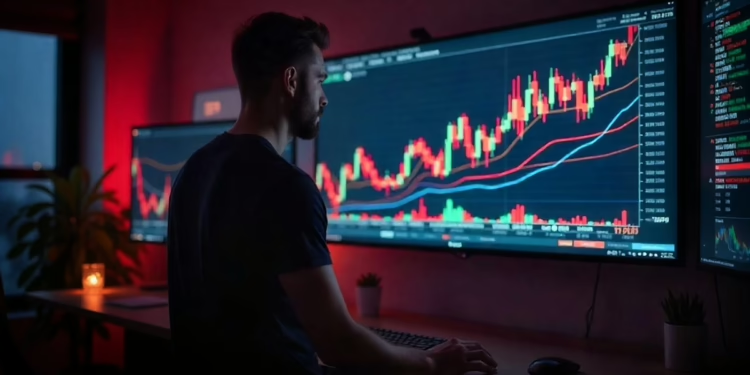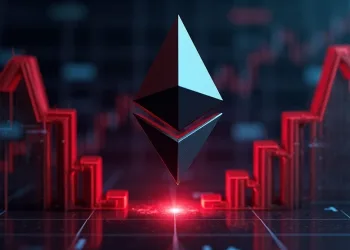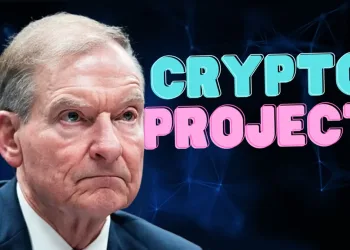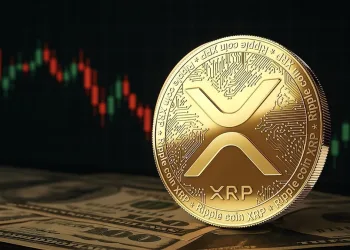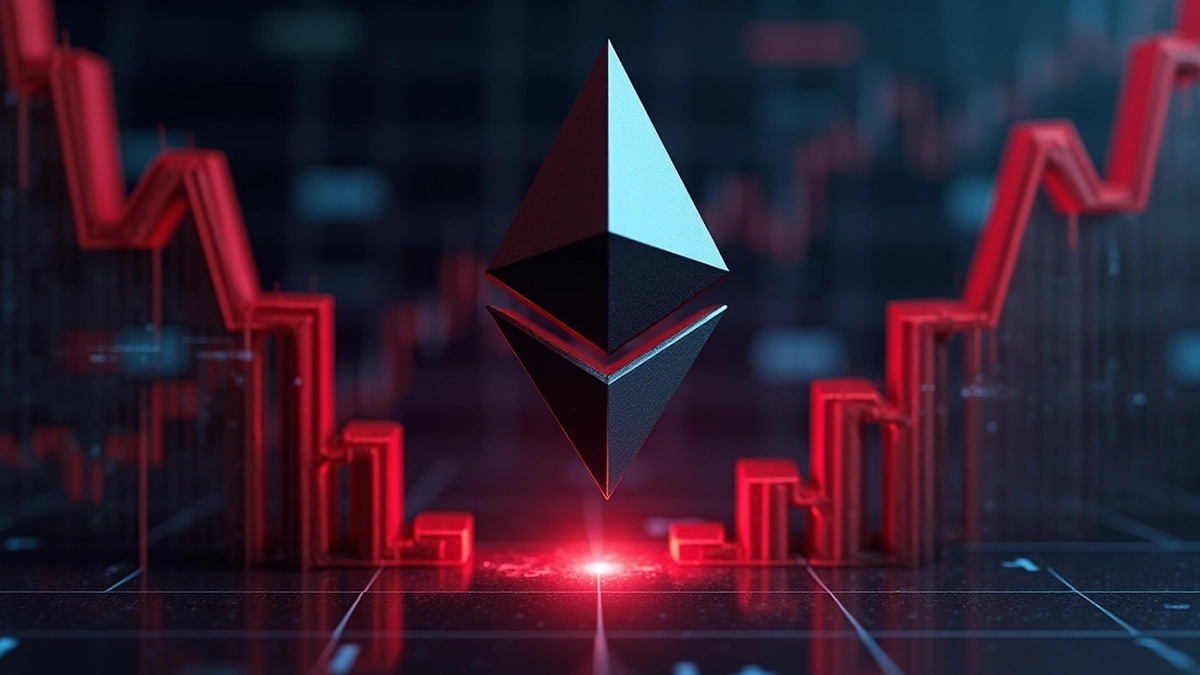- U.S. tariffs risk isolating the nation, driving global trade cooperation instead.
- Market confidence remains shaky as tariffs and Fed decisions create uncertainty.
- Crypto market faces exhaustion as Bitcoin and Ethereum struggle for direction.
As U.S. Liberation Day approaches, market watchers are bracing for a potential escalation in trade tensions. President Trump is expected to announce a fresh wave of tariffs later tonight from the Rose Garden, casting a shadow over global markets.
While there was a momentary sense of clarity yesterday, uncertainty still reigns. The president’s signature tactic of last-minute brinksmanship continues to dictate the playbook, leaving investors on edge.
These new tariffs appear set to affect a broad range of trading partners, including major economies like Japan, China, Canada, and the EU. The U.S. seems increasingly determined to push for more favorable terms, yet early signals suggest that its counterparts are not backing down. In fact, the opposite seems to be occurring.
Far from fracturing under pressure, countries like China, Japan, and Korea are exploring deeper regional trade cooperation. This shift signals that the global trade environment may be moving toward a new equilibrium one where the U.S. risks being sidelined due to its own policies.
Global Markets Under Pressure
In the short term, the fallout from these tariffs is likely to weigh heavily on risk assets across the globe. The threat of further isolation may dampen investor confidence, pushing stock indices lower.
However, once the new status quo settles in, we could see a shift toward “ex-U.S. exceptionalism.” This refers to the possibility of global equity markets continuing to rise, even as the U.S. faces self-imposed hurdles due to its protectionist stance.
Meanwhile, the Federal Reserve finds itself stuck in a difficult position. Market expectations currently price in 2.5 interest rate cuts in 2025. However, weak consumer confidence and soft economic data point to the potential for a sluggish GDP growth in Q2.
Simultaneously, inflationary pressures may begin to rise due to tariffs, creating a stagflationary scenario. In such an environment, the Fed is more likely to raise rates than to cut them. As a result, the central bank may adopt a “wait and see” approach, giving markets little to cheer about in the near term.
Crypto Sentiment and Market Outlook
Turning to the cryptocurrency market, the mood remains cautious. Bitcoin is struggling to find any conviction, trading within tight ranges. Ethereum, on the other hand, is managing to hold onto the $1,800 support level.
Despite some pockets of resilience, the broader crypto market remains in a state of exhaustion. Many coins are down over 90% year-to-date, with some losing more than 30% just in the past week. Without a major shift in the macroeconomic landscape or a clear catalyst for growth, a meaningful market reversal seems unlikely.


